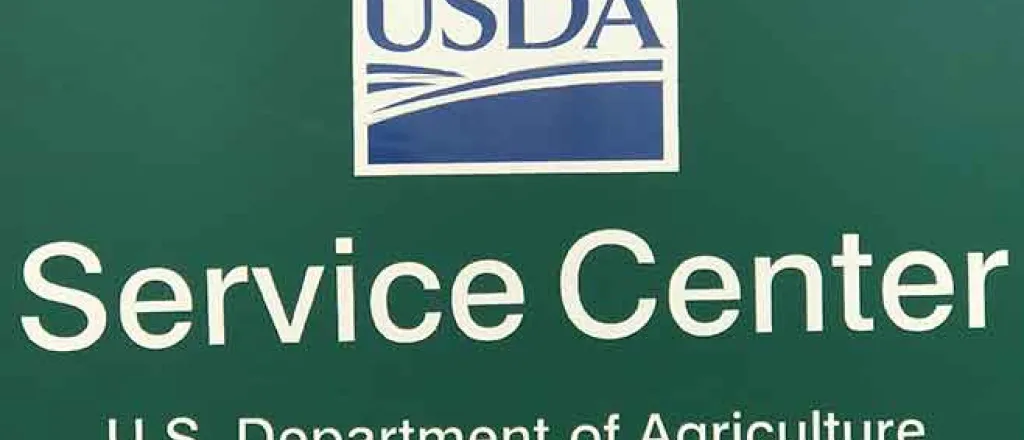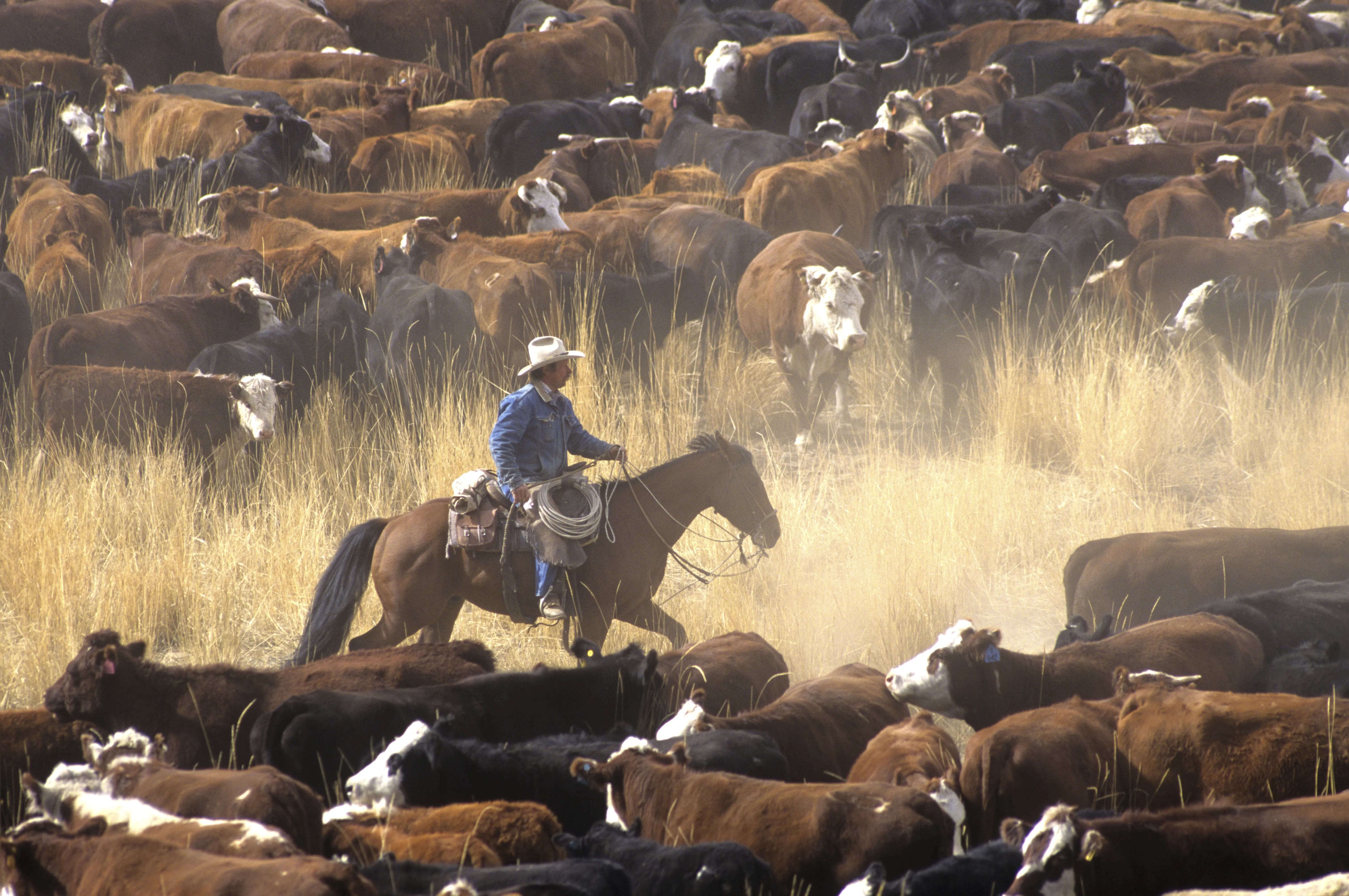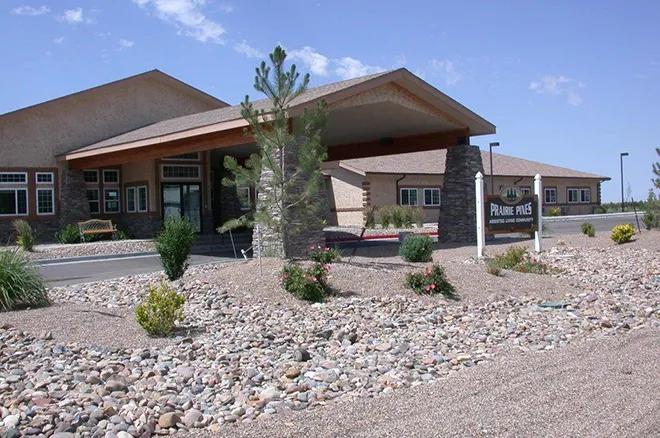
USDA Update – June 13, 2023
IMPORTANT DATES TO REMEMBER
- SERVICE CENTER CLOSED - Monday June 19th.
- COUNTY COMMITTEE NOMINATION FORM - submit beginning June 15th.
- 2023 LIVESTOCK FORAGE PROGRAM or LFP – Kiowa County eligible
- ERP Phase 2 and PARP Deadline – REVISED Deadline July 14, 2023
- SPRING ACREAGE REPORTING DEADLINE – July 17, 2023
Disclaimer: Information in this UPDATE is pertinent to Kiowa County FSA only. Producers reading this and that do not have FSA interest in Kiowa County are advised to contact their local FSA Office.
THE USDA SERVICE CENTER HAS A DROP BOX AVAILABLE ON THE EAST SIDE OF THE BUILDING.
COUNTY COMMITTEE ELECTION
Local Administrative Area or LAA 1, which is the east end of the county will hold a County Committee Election this year. Sean Harkness, current COC member will not be eligible for another term; due to term limitations. If you are an eligible candidate, please consider serving on the County Committee.
Farm Service Agency (FSA) county committees are a critical component of the day-to-day operations of FSA and allow grassroots input and local administration of federal farm programs. Farmers and ranchers who are elected to serve on FSA county committees apply using their judgment and knowledge to help with the decisions necessary to administer FSA programs in their counties, ensuring the needs of local producers are met. FSA county committees operate within official federal regulations and provide local input on:
- Income safety-net loans and payments, including setting county average yields for commodities.
- Conservation programs.
- Incentive, indemnity, and disaster payments for some commodities.
- Emergency programs; and
- Payment eligibility.
Every eligible agricultural producer should participate in FSA county committee elections–whether a beginning or established producer, historically underserved producer (minority and women), or whether a large or small operation because FSA county committees are producers’ link with the U.S. Department of Agriculture (USDA).
Who is Eligible to Hold Office?
To hold office as an FSA county committee member, a person must meet each of the basic eligibility requirements described below:
- Be eligible to vote in an FSA county committee election.
- Reside in the LAA that is up for election.
- A person must not have been:
- Removed or disqualified from:– FSA county committee membership or alternate membership, or– FSA employment.
- Removed for cause from any public office or have been convicted of fraud, larceny, embezzlement, or any other felony.
- Dishonorably discharged from any branch of the armed services.
Nominations
Agricultural producers who participate or cooperate in an FSA program may be nominated for candidacy for the county committee. Individuals may nominate themselves or others as a candidate. In addition, organizations representing underserved (minority and women) farmers or ranchers may nominate candidates. To become a nominee, eligible individuals must sign nomination form FSA-669A. The form includes a statement that the nominee agrees to serve if elected.
Nomination forms are filed in the FSA office that administers a producer’s farm records and is available at the FSA county office or online. Visit fsa.usda. gov/elections for a nomination form and further information regarding COC elections. All nomination forms must be postmarked or received in the local FSA county office by the August deadline.
2023 Spring Acreage Reporting Maps Available
Operators with multiple farms can stop by the office and pick up a copy of your aerial maps for spring acreage reporting. The 2023 spring acreage reporting deadline is July 17, 2023.
Policy Updates for Acreage Reporting
The USDA Farm Service Agency (FSA) recently made several policy updates for acreage reporting for cover crops, revising intended use, late-filed provisions, grazing allotments as well as updated the definitions of “idle” and “fallow.”
Reporting Cover Crops:
Cover crop types can be chosen from the following four categories:
- Cereals and other grasses
- Legumes
- Brassicas and other broadleaves
- Mixtures
If the cover crop is harvested for any use other than forage or grazing and is not terminated according to policy guidelines, then that crop will no longer be considered a cover crop and the acreage report must be revised to reflect the actual crop.
Permitted Revision of Intended use After Acreage Reporting Date:
New operators or owners who pick up a farm after the acreage reporting deadline has passed and the crop has already been reported on the farm, have 30 calendar days from the date when the new operator or owner acquired the lease on land, control of the land or ownership and new producer crop share interest in the previously reported crop acreage. Under this policy, appropriate documentation must be provided to the County Committee’s satisfaction to determine that a legitimate operator or ownership and producer crop share interest change occurred to permit the revision.
Acreage Reports:
In order to maintain program eligibility and benefits, you must timely file acreage reports. Failure to file an acreage report by the crop acreage reporting deadline may result in ineligibility for future program benefits. FSA will not accept acreage reports provided more than a year after the acreage reporting deadline.
Reporting Grazing Allotments:
FSA offices can now accept acreage reports for grazing allotments. You will use form “FSA-578” to report grazing allotments as animal unit months (AUMs) using the “Reporting Unit” field. Your local FSA office will need the grazing period start and end date and the percent of public land.
Definitions of Terms
FSA defines “idle” as cropland or a balance of cropland within a Common Land Unit (CLU) (field/subfield) which is not planted or considered not planted and does not meet the definition of fallow or skip row.
Fallow is considered unplanted cropland acres which are part of a crop/fallow rotation where cultivated land that is normally planted is purposely kept out of production during a regular growing season.
For more information, contact your local County USDA Service Center at or visit fsa.usda.gov
















